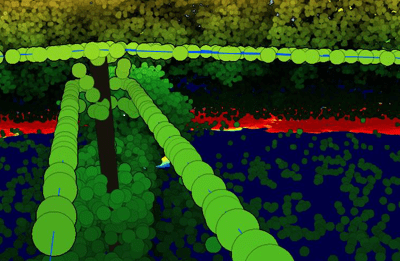National Grid Electricity Distribution is delivering a high voltage (HV) Pilot project using smart meter data, helicopter survey insights, and machine learning to map how HV networks connect to low voltage (LV) systems.
Funded by Ofgem’s Network Innovation Allowance, the data-driven approach will help identify where reinforcement might be needed to accommodate growing demands for electricity, particularly in rural areas where single-phase HV sections and transformers can lead to network imbalances and inefficiencies.
The HV Pilot, with partners CGI and Loughborough University, aims to “deliver a low-cost, scalable solution to improve phase balancing without the need for additional visual surveys”, it said.
The project could save up to £2.9 million if successful, through targeted interventions and improved network management. It could also reduce voltage issues for rural customers, improve efficiency and increase the number of connections opportunities, the company said.
David Penfold, innovation and deployment engineer at National Grid Electricity Distribution, said:
“Understanding exactly how our HV network is connected at a phase level is essential for a smarter, more flexible grid.
“This project empowers us to make data-driven decisions, leading to optimised rural infrastructure. It’s about precision, innovation, and preparing for a future powered by clean, reliable electricity.”
Gav Berry, secondary modelling engineer in the National Grid DSO modelling and analysis team, said:
“Accurate phasing data can improve National Grid Electricity Distribution power system models, and provide network designers with the information required to design a balanced and efficient electricity network.
“We’re looking forward to working with CGI and Loughborough University to see how we could make this innovative method work.”
Image from National Grid Electricity Distribution








